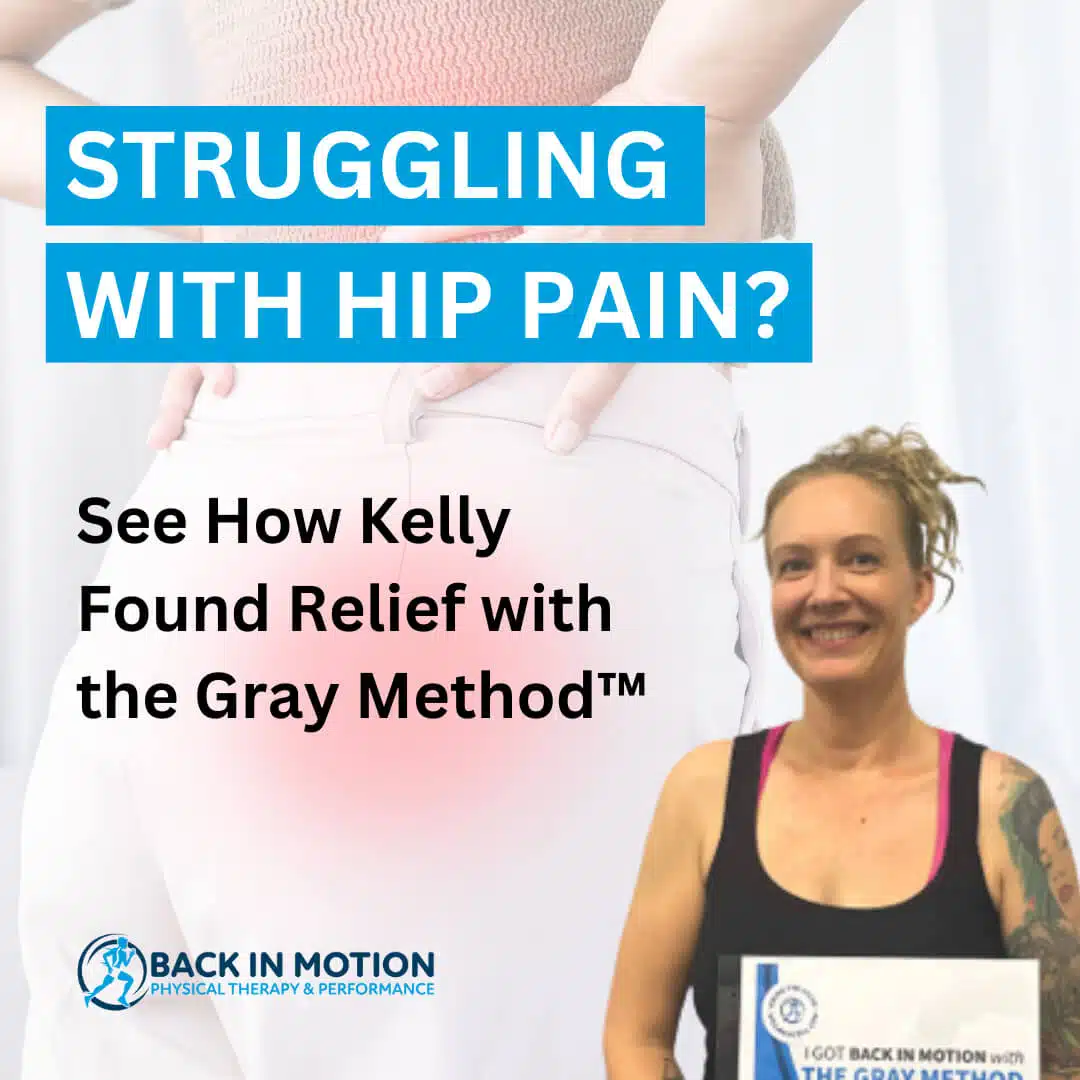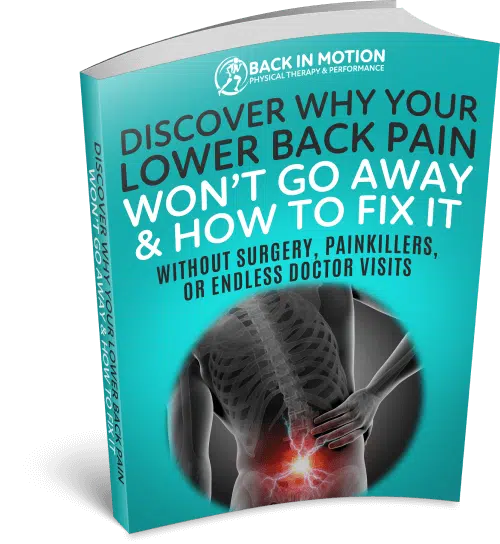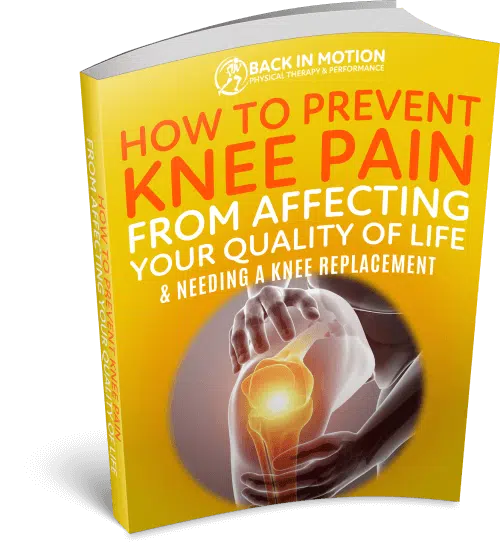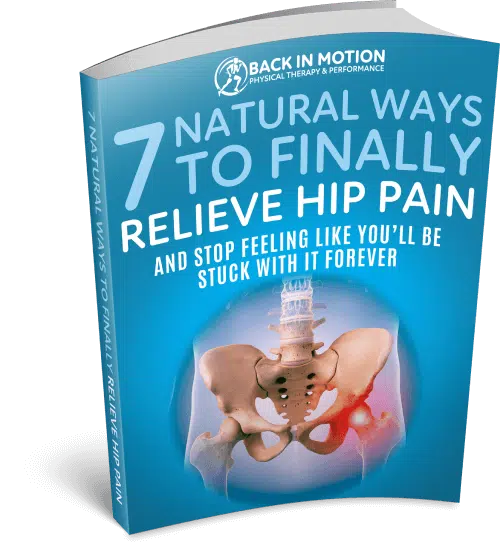Struggling with Hip Pain? See How Kelly Found Relief with the Gray Method™
Meet Kelly
Kelly is a fit and active business owner in her mid-40s who loves to walk, hike, and stay on the move. However, for several years, she had been dealing with persistent hip pain. Even after undergoing surgery to repair her labrum, the pain never fully went away. Frustrated and searching for answers, Kelly was determined to find a solution that would allow her to get back to the activities she loved.
The Problem

Kelly experienced anterior hip pain every time she walked. She had tried everything—physical therapy, stretching, strengthening, and even surgery—but nothing provided lasting relief. Given her active lifestyle, the ongoing pain was limiting and discouraging. She needed a true fix, not just another temporary solution.
The Diagnosis
After a thorough assessment, we identified that Kelly was dealing with anterior joint instability, or hypermobility, in her hip. While her pain was located in the hip flexor tendon (psoas), the real issue was that the psoas was overworking to stabilize the front of her hip joint—but it simply wasn’t strong enough to compensate for the instability.
However, the root cause of her instability wasn’t actually her hip—it was her ankle. Kelly lacked proper ankle dorsiflexion, which caused her knee to hyperextend. In turn, this excessive knee hyperextension led to hip hyperextension, creating strain on her anterior hip and posterior knee. Simply put, her hip pain was the result of a dysfunctional movement pattern originating from her ankle.
The Process
To correct Kelly’s movement dysfunction and relieve her pain, we implemented a multi-step approach using the Gray Method™:
- Ankle Mobilization & Soft Tissue Work – We mobilized her ankle joint using a posterior glide of her talus and performed soft tissue work on her calf to improve dorsiflexion.
- Quadriceps Strengthening – Strengthening her quadriceps helped prevent her knee from excessively hyperextending, which was key to stabilizing her hip mechanics.
- Hip Joint Repositioning – Kelly’s femoral head was excessively gliding anteriorly, so we re-seated it into the acetabulum to restore proper hip function.
- Posterior Hip Capsule Stretching & Strengthening – We addressed her hip instability by stretching the posterior hip capsule while strengthening the anterior portion to create balanced support.
- Gait Retraining – Finally, we taught Kelly how to walk correctly, ensuring that she no longer hyperextended her knee due to the stiffness in her ankle joint.
The Results
Kelly is now completely pain-free in her hip, knee, and foot. She can walk for miles without discomfort, allowing her to fully enjoy hiking and staying active again. By addressing the true root cause of her instability, we were able to create lasting relief where other treatments had failed.
The Key Takeaway
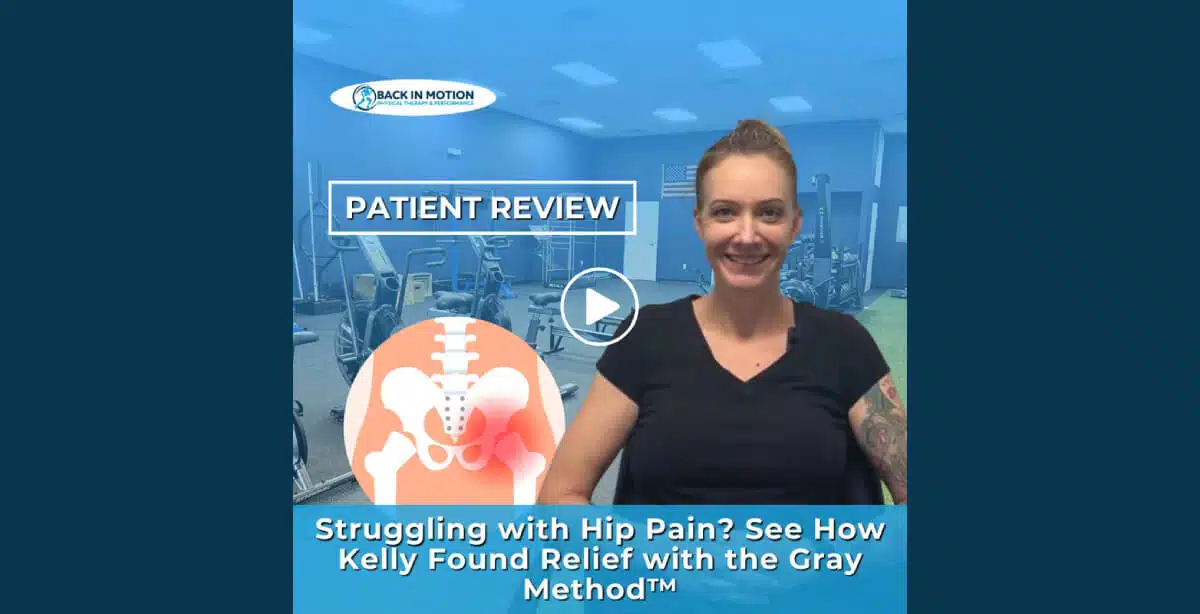
Kelly’s journey highlights an essential lesson: The labral tear was just a symptom, not the root cause. Her real problem originated in her ankle, which disrupted her entire movement system. This is why treating the whole body—not just the site of pain—is crucial for long-term results.
If you’re struggling with chronic pain that won’t go away, it’s time to stop chasing symptoms and start addressing the true cause. Book an assessment with us today and discover how the Gray Method™ can help you move pain-free!

